15 Weeds That Look Like Wheat
Wheat fields put on a glorious display when mature seed heads emerge, waving seas of golden grain. But a trained eye soon notices imposters mingling amongst the grain mimicking wheat’s appearance.
Learning to identify these grassy weeds allows timely control, preventing reduced crop yields and stopping seed spread.
I have explored 15 common weeds that look like wheat – from quackgrass and foxtails to nutsedge and barley – to help successfully weed out the unwelcome party crashers!
Identifying Wheat Plants
Understanding what constitutes a true wheat plant proves essential for differentiating mimicking weeds attempting to blend in unnoticed.
Wheat belongs to the Poaceae grass family, with over 600 genera and 10,000 diverse species. The cultivated bread wheat Triticum Aestivum features slender, hollow stems reaching 2-4 feet tall when mature.
Distinctive seed heads called spikes or ears form containing rows of grain kernels developing from small individual flowers on the stalk.
Mastering wheat’s form makes differentiating plants that look like wheat easier!
If you want to know more about a related plant which is a Household Plant you can visit: Rare Philodendrons
Grass Weeds That Look like wheat
Let’s uncover specific sneaky grass that looks like wheat thriving amongst fields if left unchecked:
1. Quackgrass
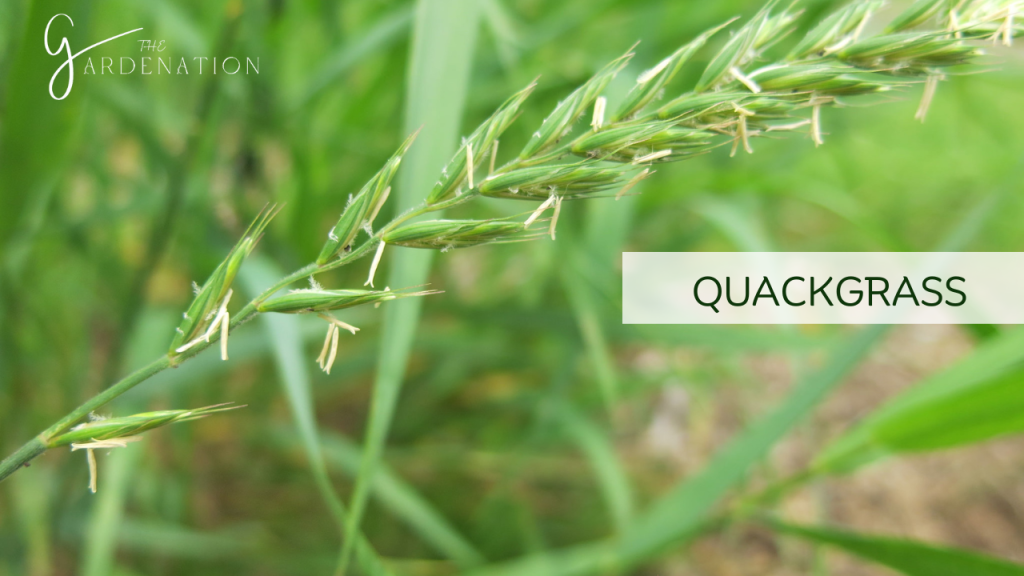
Quackgrass (Elymus repens), a cool season perennial grass, shoots upright stems and foliage early, outcompeting wheat and reducing yields substantially if infestations occur.
Its long spreading rhizomes aggressively colonize fields. By late summer when wheat harvest nears, quackgrass also initiates seed heads allowing even wider spread.
- Scientific Name: Elymus Repens
- Life Cycle: Perennial
- Time of Seed Formation: Late summer
Quackgrass forms long, creeping rhizomes that help it spread rapidly and outcompete other plants. It is difficult to fully remove from fields once established.
Effective control involves vigilantly digging out plants, removing every piece of quackgrass seed heads possible.
Non-selective herbicides like glyphosate also work for removing quackgrass seed head but may harm wheat too unless carefully targeted. You will also find Flowers That Grow In Florida Year-Round Interesting.
2. Ryegrass
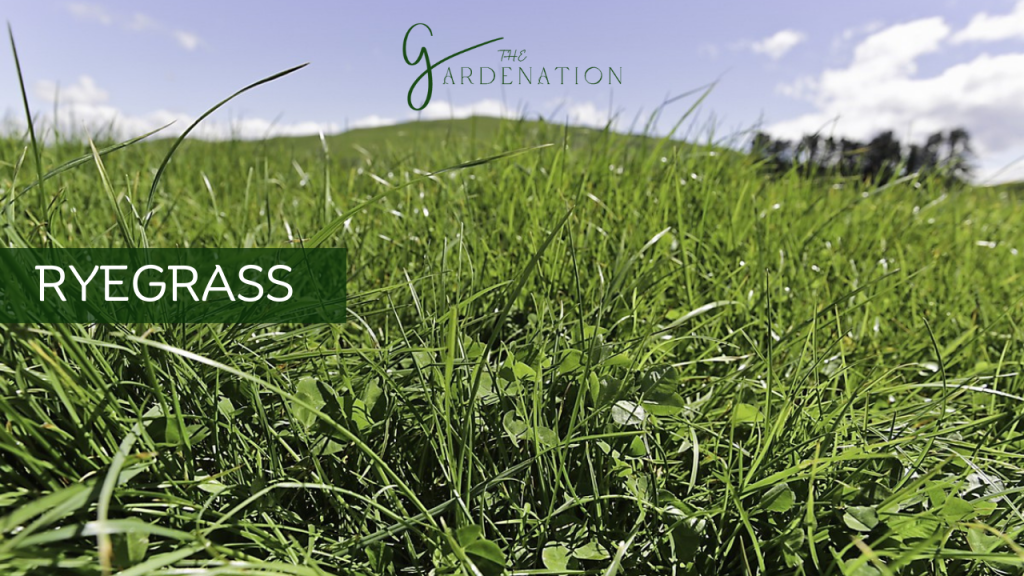
Both annual and perennial ryegrass varieties threaten wheat crops mimicking true grain visually. The seed heads appear similar, clustered together as bearded spikes.
Timely mowing helps curb annual types, but perennial ryegrass requires pre-emergent herbicides for prevention along with post-emergent killer mixtures to eradicate any scattered plants that look like wheat blending in.
- Scientific Name: Lolium multiflorum
- Life Cycle: Annual or Perennial
- Time of Seed Formation: Late spring for annual; Late summer for perennial
Ryegrass invades crop fields by producing large amounts of seed that spread by contamination on equipment or in soil. It is very competitive for water and nutrients.
3. Yellow Foxtail
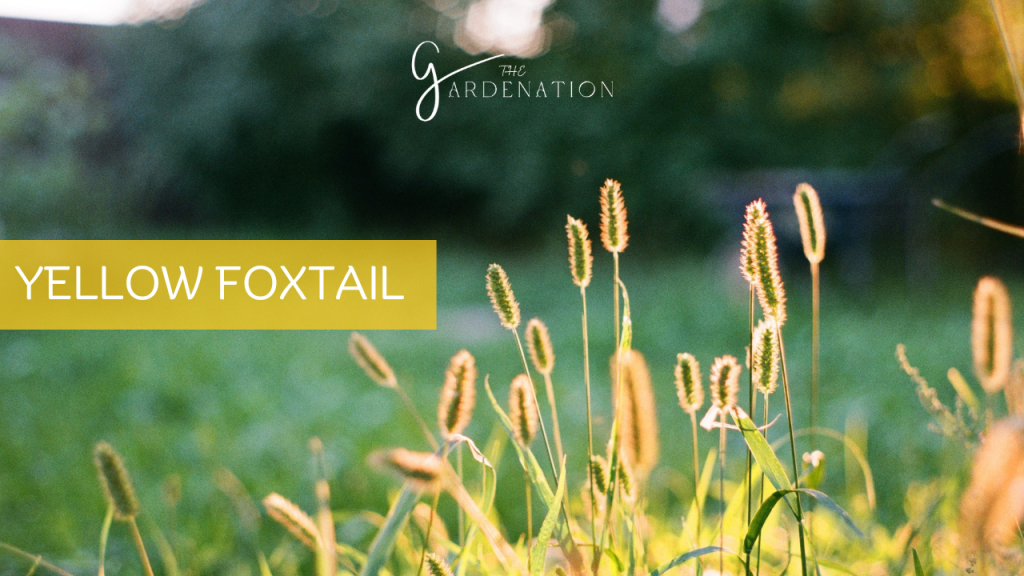
This summer annual grass that looks like wheat flourishes in disturbed soils, creating dense stands competing intensely for light, space and soil nutrients. At just 1-3 feet tall – smaller than wheat – yellow foxtail still resembles wheat in foliage and form.
- Scientific Name: Setaria Pumila
- Life Cycle: Annual
- Time of Seed Formation: Mid summer
Yellow foxtail thrives in disturbed soils and adapts readily to varying moisture, temperature, and soil conditions. It causes major issues in corn, soybeans and wheat crops.
The cylindrical, bristly seed head spikes disclose its true identity however. Manual removal helps in small infestations, but broadscale herbicide applications remain most effective eliminating large yellow foxtail seed head infiltrations.
4. Dallisgrass
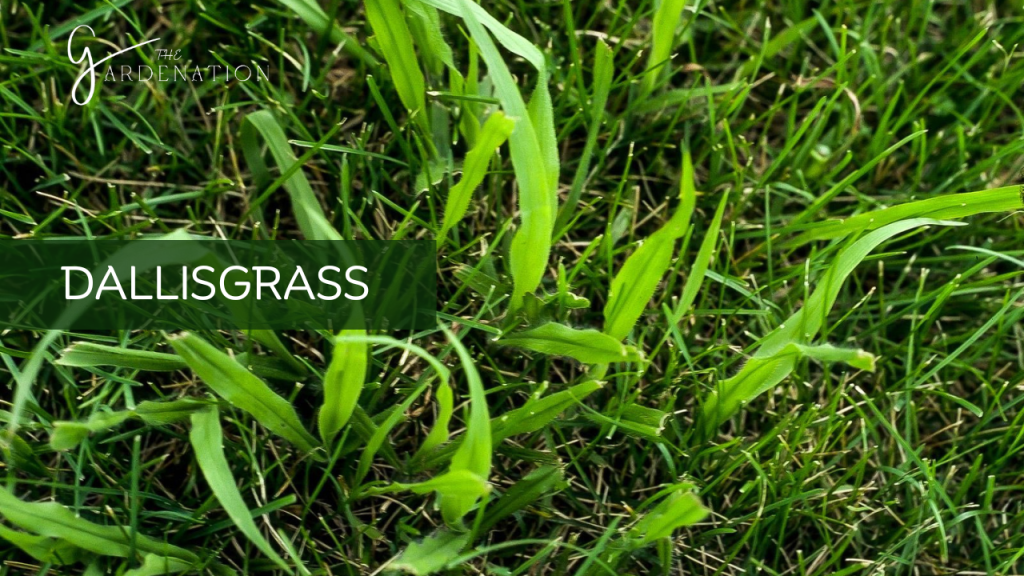
Dallisgrass causes issues in pastures, lawns and wheat fields alike. As a creeping perennial, it forms clumps from short rhizomes then sends up dallisgrass seed heads differing from wheat’s form – a distinguishing clue!
- Scientific Name: Paspalum dilatatum
- Life Cycle: Perennial
- Time of Seed Formation: Late summer
Dallisgrass tolerates drought, trampling, and mowing. It produces allergenic pollen and forms thick mats of growth limiting crop productivity through shading.
The aggressive spreading and competitiveness warrants control through pre-emergent herbicides, or carefully targeted glyphosate and dig-outs of dallisgrass seed head which spare wheat plants intermingled alongside.
Do Checkout!! 22 Little Purple Flowers In Grass if you are interested in flowers.
5. Barnyard Grass
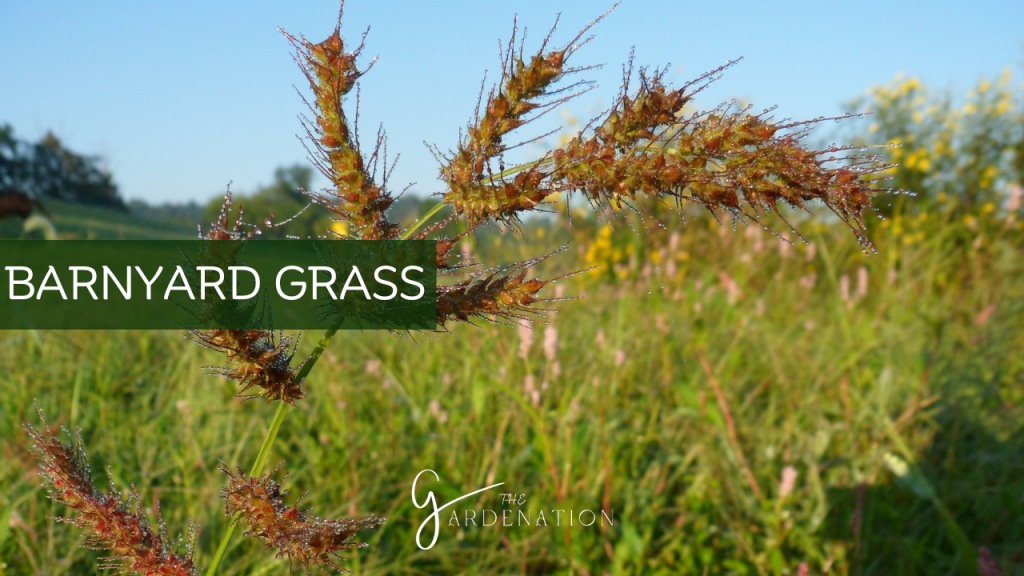
This summer annual shows purple panicles rather than classic wheat ears, but still invades fields reducing crop outputs. Seed heads release up to 40,000 seeds ensuring widespread distribution!
- Scientific Name: Echinochloa crus-galli
- Life Cycle: Annual
- Time of Seed Formation: Mid to late summer
Prolific seed producer up to 40,000 per plant. Flourishes in warm climates across irrigated cropland, disturbed sites. Poisonous to livestock if spoiled after mowing.
Adaptable to varying moisture levels, barnyard grass luckily pulls out easily when young before forming tenacious root systems. For large infestations, broadleaf herbicides effectively combat growth without harming grass that looks like wheat.
6. Feather Reed Grass
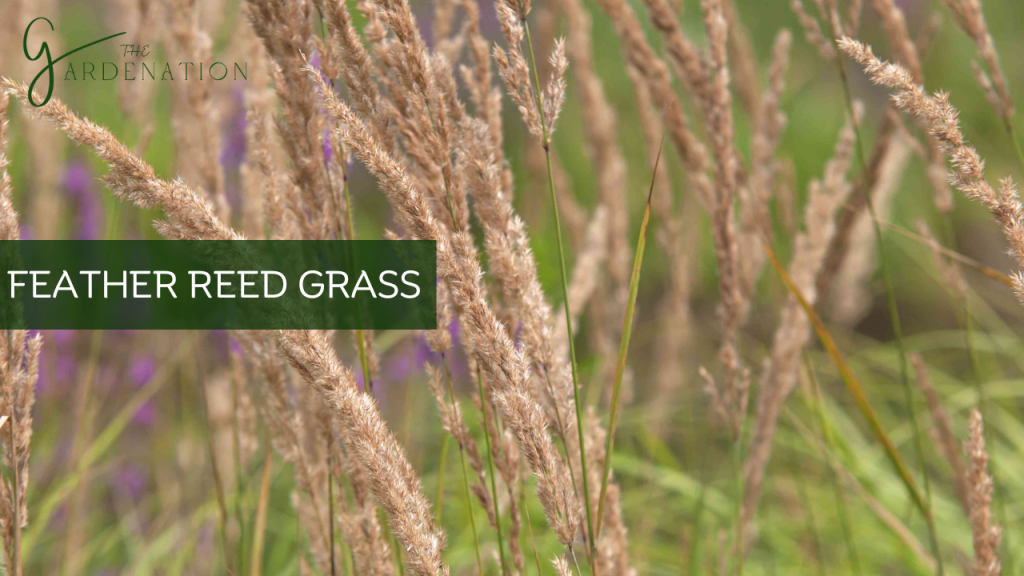
While remaining clump-forming rather than spreading by runners, this perennial ornamental grass still seeds, spreading into surrounding vegetation.
Vertical wheat-like plumes wave gracefully, explaining its common name. When contained within beds and borders, feather reed grass poses little threat.
- Scientific Name: Calamagrostis x acutiflora
- Life Cycle: Perennial
- Time of Seed Formation: Mid summer
Graceful plumes used in fresh or dried flower arrangements. Tolerates a wide array of soils and growing conditions. Good for borders and mass plantings.
But when seed heads spread among crops, prompt identification allows timely removal before extensive colonization occurs. Monitoring for new sprouts and rogue seedlings prevents issues easily.
7. Wall Barley

Also called barley grass, this common annual weed delivers loads of offspring thanks to prolific seed production just like cereal grains.
Yellow-green coloration helps it blend in discretely. The small, feather-like nodding seed heads when mature indicate wall barley’s presence however.
- Scientific Name: Hordeum murinum
- Life Cycle: Annual
- Time of Seed Formation: Early to mid summer
Besides grains, wall barley foliage offers decent forage value when young and tender. Barbs covering the seed heads cause issues tangled in wool and feathers on passing livestock.
Both mowing to prevent seeding and using selective herbicides helps protect wheat crops by managing spread.
8. Hare Barley

This annual European barley relative resembles true barley and wheat when young. Branched flowering stems near maturity distinguish it from wheat’s singular seed heads however.
- Scientific Name: Hordeum leporinum
- Life Cycle: Annual
- Time of Seed Formation: Early to mid summer
Hare barley lacks winter hardiness unlike true cereal grains. Rapid growth and prolific seeds makes it highly competitive. Grain toxicity possible at maturity.
Integrated management applies including crop rotation, competitive seeding rates of wheat limiting naked soil space for hare barley germination and herbicide treatments shielding wheat stands selectively from infestation.
9. Feather Fingergrass
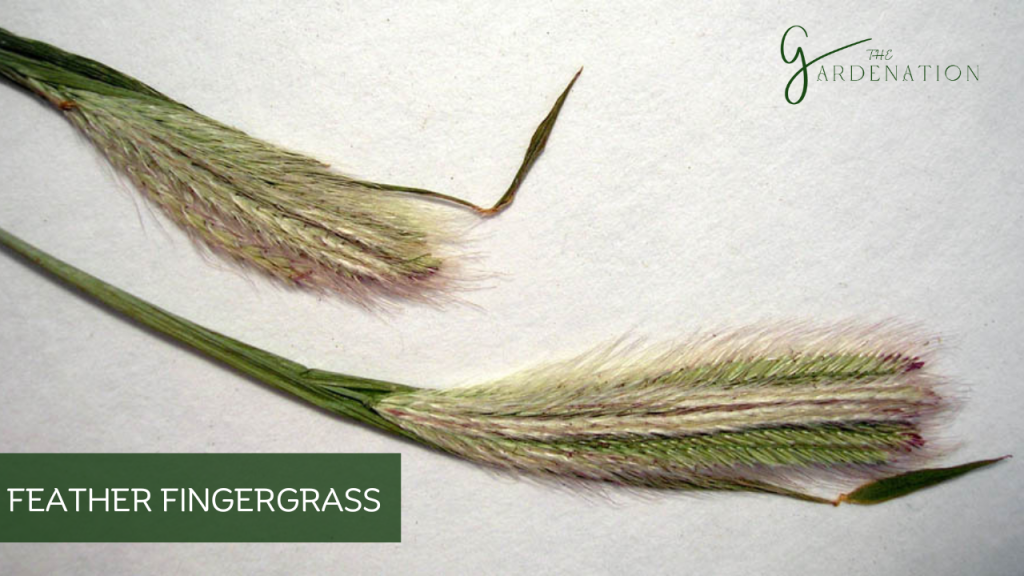
Feather fingergrass, a summer annual weed, arises early clustering at the base with leaves reminiscent of wheat. But by summer, seed heads on tall, thin stems reveal its true identity with large, purplish panicles waving like feathered fingers!
- Scientific Name: Chloris virgata
- Life Cycle: Annual
- Time of Seed Formation: Mid summer
Delicate, hair-like seed heads emerge subtly pretty but allow extreme seed distribution by wind when dry. Well adapted to tropical regions and alkaline soils.
Manual removal prevents some spread, but chemical control helps remove plants that look like wheat where possible.
10. Johnson Grass
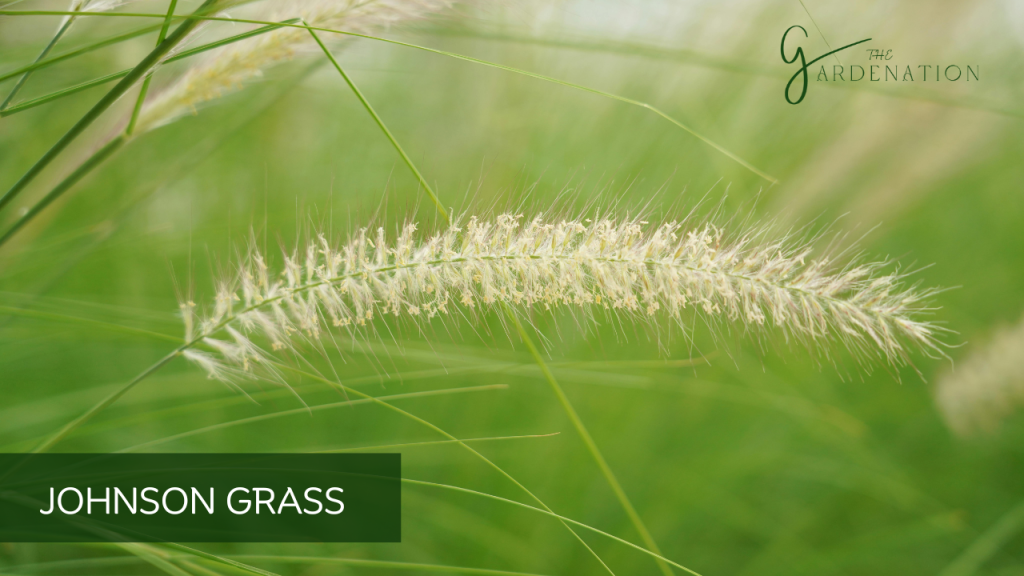
This drought-hardy perennial forms large clumps from thick spreading rhizomes. Loose clusters of seed heads readily differentiate it from wheat’s structure.
Due to its aggressiveness and ability to limit crop yields, control measures like mowing and herbicide applications selectively targeting Johnson grass help reduce infiltration into wheat stands markedly.
- Scientific Name: Sorghum Halepense
- Life Cycle: Perennial
- Time of Seed Formation: Late summer
Highly preferred forage in warm regions yet classified as noxious elsewhere. Massive colonies and persistent rhizomes hinder agriculture. Produces cyanide compounds toxic to grazing animals.
11. Yellow Nutsedge
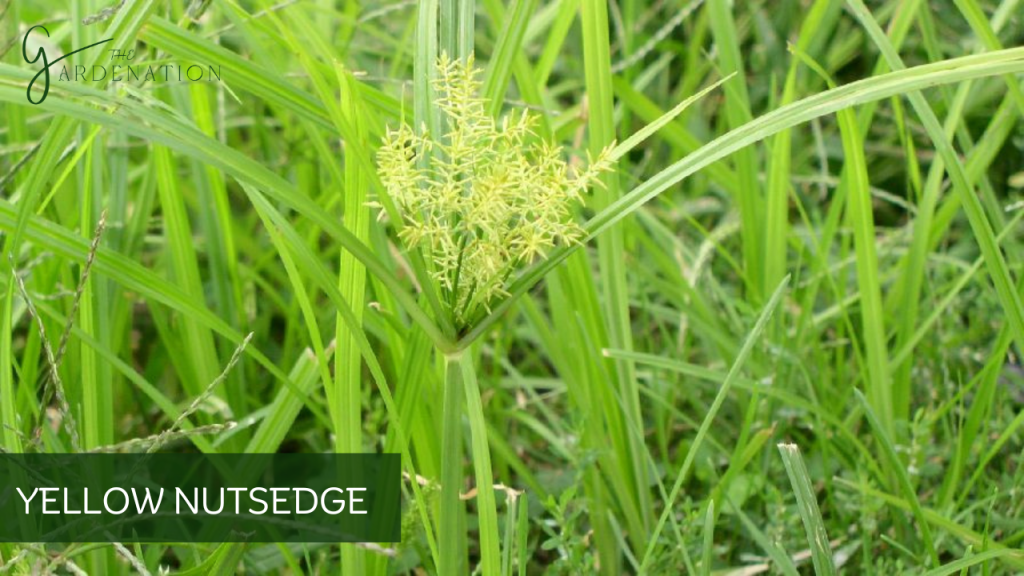
Yellow nutsedge, part of the sedge family, displays triangular stems unlike true grasses. But it mimics wheat in height and habitat preferences when immature, reducing yields through rapid nutrient and moisture absorption.
- Scientific Name: Cyperus esculentus
- Life Cycle: Perennial
- Time of Seed Formation: Summer
Yellow nutsedge spreads rapidly by tubers, which begin forming by mid-summer. It is one of the world’s worst weeds, adapting readily to varying conditions while reducing crop productivity.
Encourage strong crop development that will shade out sedges. Enhance drainage, get rid of compaction, and level the ground thoroughly to expose the rhizomes. Although hand removal stops the spread of tubers, it can be difficult in broad areas where herbicides might be required.
12. Purple Nutsedge
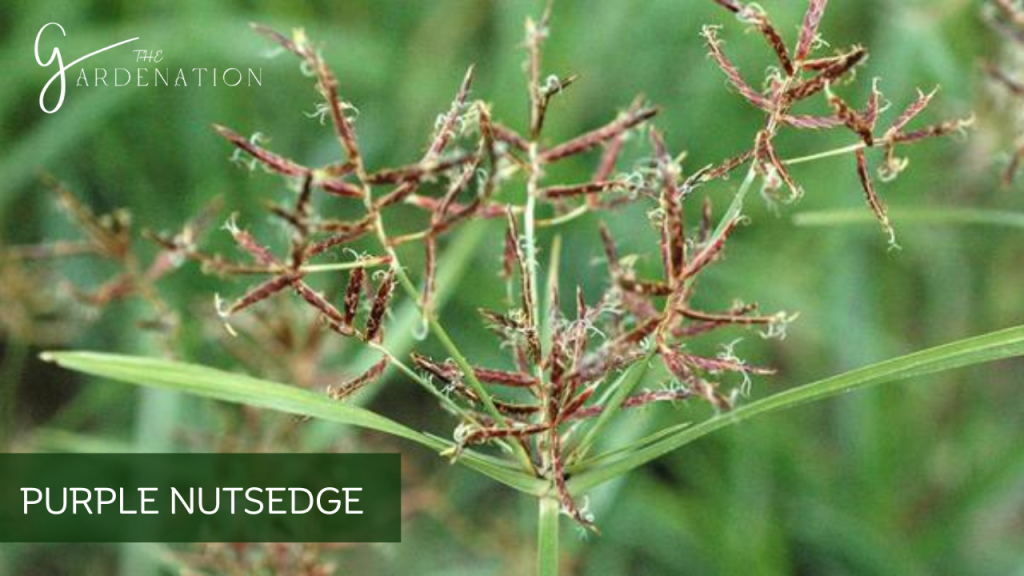
Another perennial sedge, purple nutsedge forms reddish-purple umbels different from wheat ears. Yet its ability to produce vast tuber numbers – nearly 2000 annually per plant – makes controlling infestations difficult!
- Scientific Name: Cyperus rotundus
- Life Cycle: Perennial
- Time of Seed Formation: Late summer
Purple nutsedge prefers tropical and subtropical climates. It’s considered one of the most troublesome weeds globally, spread by fast-growing tubers missed by cultivation efforts. Nutlets are often distributed by farm equipment. Careful chemical control is key.
Cultivate early before tuber formation minimizes nutsedge effectively. Combine mowing and systemic herbicides attacking below-ground tubers for most successful elimination of plants that look like wheat. Avoid tilling mature plants which further spread tubers.
13. Foxtail Barley
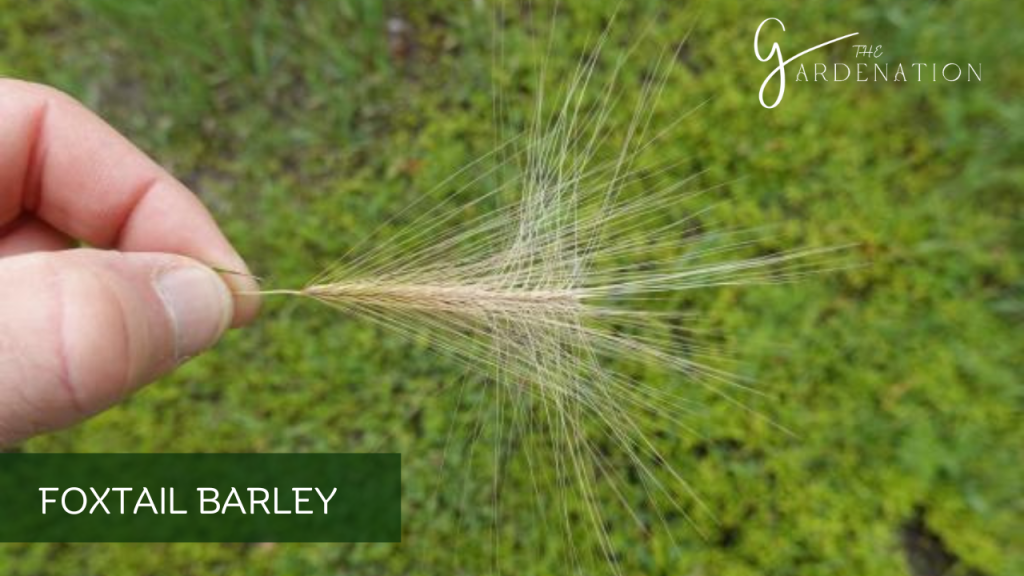
This perennial foxtail barley wins no awards with its golden bristled seed heads heavily encroaching into wheat fields and garden beds alike. Mature plants launch new offspring widely through seasonal reseeding.
- Scientific Name: Hordeum jubatum
- Life Cycle: Perennial
- Time of Seed Formation: Early summer
Low palatability reduces grazing value despite wide adaptation as a perennial bunchgrass. Awns piercing mouth tissues irritates animals attempting consumption. Tolerates saline soils.
Combat stands through repeated mowing preventing seed head production plus manually uprooting plants. Cultural practices like maintaining rich soil with beneficial microbiology aids wheat competitiveness too, shading out foxtail barley intruders.
14. Indian Goosegrass

Don’t let the delicate appearance of this annual grass fool you – this grass weed that look like wheat by reaching three feet high. Taking advantage of low soil fertility, its silver-toned base shoots leaves soon forming a spreading flower spike.
- Scientific Name: Eleusine indica
- Life Cycle: Annual
- Time of Seed Formation: Mid summer
Resists trampling while colonizing globally as a problematic agricultural weed from small, easily distributed seeds. Resembles corn in leaf but lacks productivity.
Goosegrass pulls out easily when young before extensive roots develop. Follow up by amending soil balancing fertility and moisture properly for robust crop growth.
15. Orchard Grass
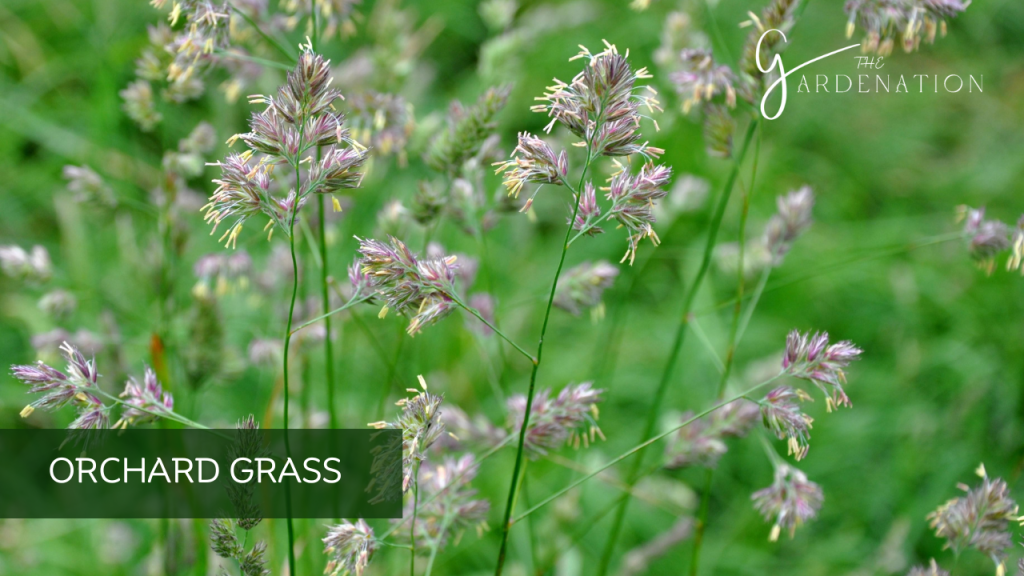
A perennial bunchgrass rather than a spreading rhizomatous type, orchard grass remains clump forming instead of colonial, thus posing limited threat in wheat and crop fields unless seed heads spread significantly. Still displacement occurs competing directly for space, nutrients and sunlight.
- Scientific Name: Dactylis glomerata
- Life Cycle: Perennial
- Time of Seed Formation: Late spring
Bunches sparingly making fine turf companions. Productive cool-season pasture grass across temperate climates. Hay fever concerns when seed heads mature.
Mow regularly prevents extensive reseeding. Monitor for rogue sprouts removed manually. Severe infestations sometimes warrant herbicide interventions when intermingled closely with intended crops.
Frequently Asked Questions
Why do some weeds look like wheat?
Many weedy grasses share visual similarities with wheat because they belong to the same plant family called Poaceae.
Family traits like long narrow leaves, hollow stems, and seed heads with multiple small flowers make the imposter weeds appear wheat-ish especially when young and still establishing.
Which common lawn weeds resemble wheat?
Several weedy grasses often found infiltrating lawns can mimic wheat, including crabgrass, annual ryegrass, quackgrass, foxtail grass, barnyard grass and more.
Their seed heads give away their true identity eventually though. Maintaining thick, vigorous turfgrass helps crowd out these weedy lawn crashers.
Will planting wheat work as a lawn alternative?
Wheat lacks qualities necessary for functional lawns like wear tolerance, drought resistance, and disease defenses since it was bred heavily for maximum grain yield.
Significant challenges would arise trying to establish wheat as a permanent turf cover. Specialized durability and density was bred into quality lawn grass cultivars so they better withstand regular mowing and foot traffic that wheat cannot.
How can I stop weedy grasses from infesting my wheat crop?
Integrating several key practices helps reduce weed grasses invading wheat fields:
- Scout fields routinely to identify intruders timely
- Plant crop rows densely to compete against weeds
- Rotate wheat with other crops in successive years
- Apply selective herbicide mixtures targeting weeds but not wheat
- Clean equipment preventing weed seed transmission
- Never let weedy grasses seed setting back progression!
Why is removing quackgrass from wheat fields so challenging?
Quackgrass proves incredibly hard to eliminate from wheat once established because it forms vigorous rhizomes – underground stems from which new shoots keep resurfacing.
Every piece of white rhizome left behind further spreads the tenacious perennial grass. Carefully targeted glyphosate applications or very thorough hand-digging offers the best control where infestations occur. Prevention reigns supreme with quackgrass!
Why Turf Grass Resembles Wheat?
Many turf and forage grasses share similar morphology with grain crops since all belong to the Poaceae grass plant family. Structural attributes link the groups: slender leaves, narrow stems, small flowers housed in inflorescences or seed heads.
Conclusion
Hopefully this guide equips farmers and gardeners alike with improved ability recognizing common grassy wheat impostors such as quackgrass, annual rye and crabgrass species based on key identification markers. Prompt differentiation and swift strategic action prevents yield robbing crop losses and curtails attenuated weed seed spread.
Through expanding awareness and identification accuracy, management improves markedly allowing thorough yet judicious control nurturing healthy wheat stands to full fruiting potential!

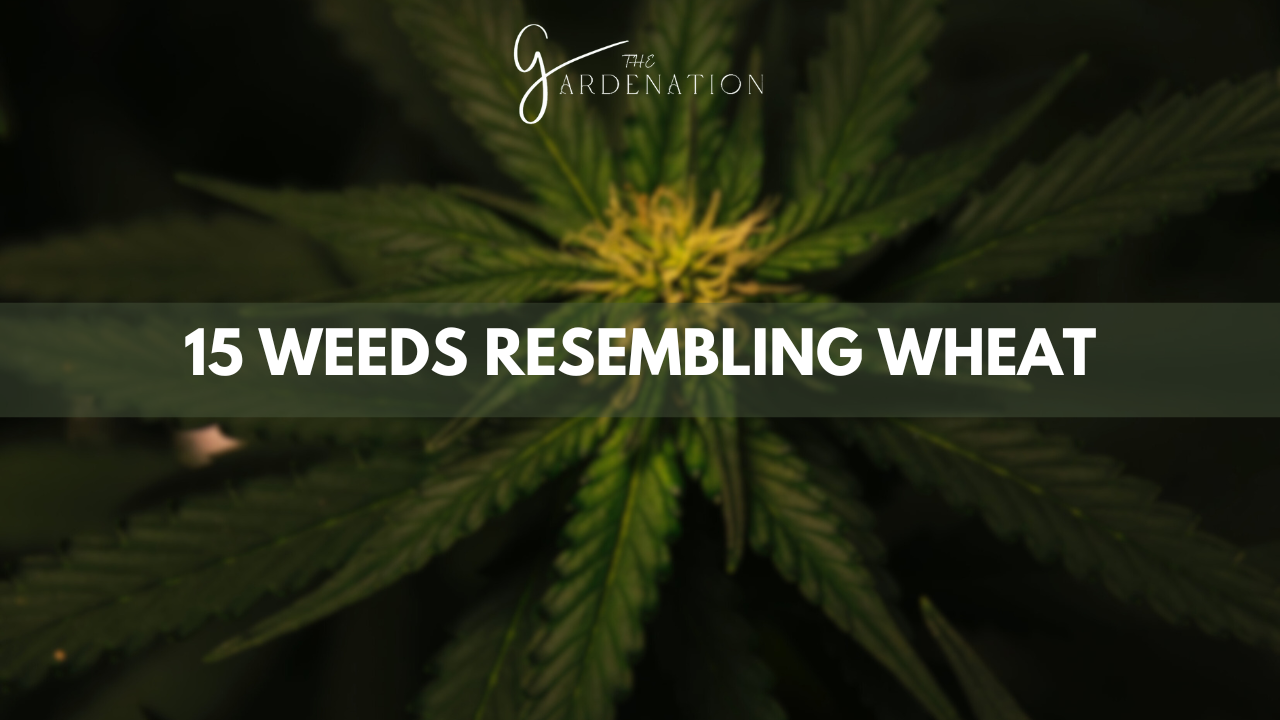
One Comment